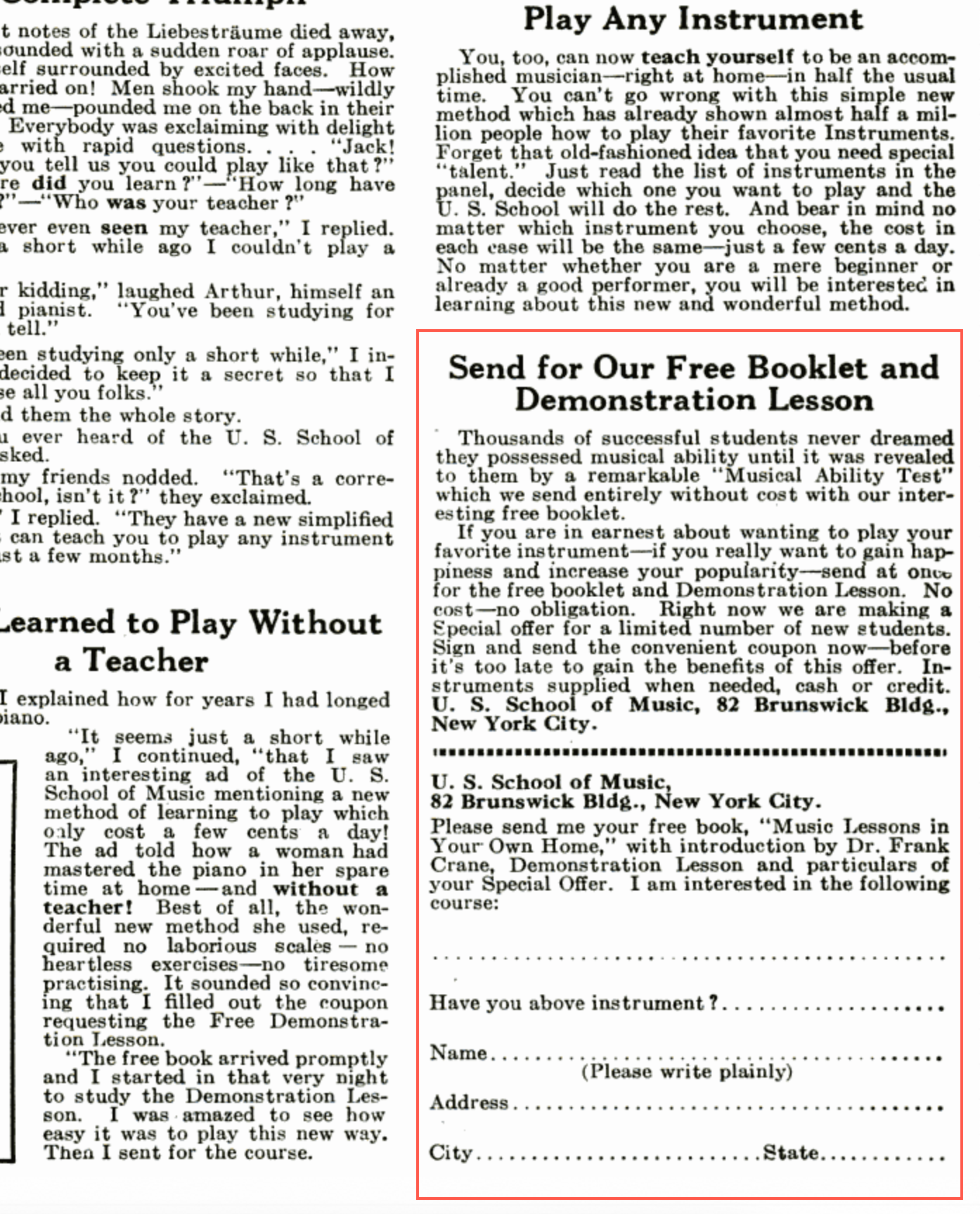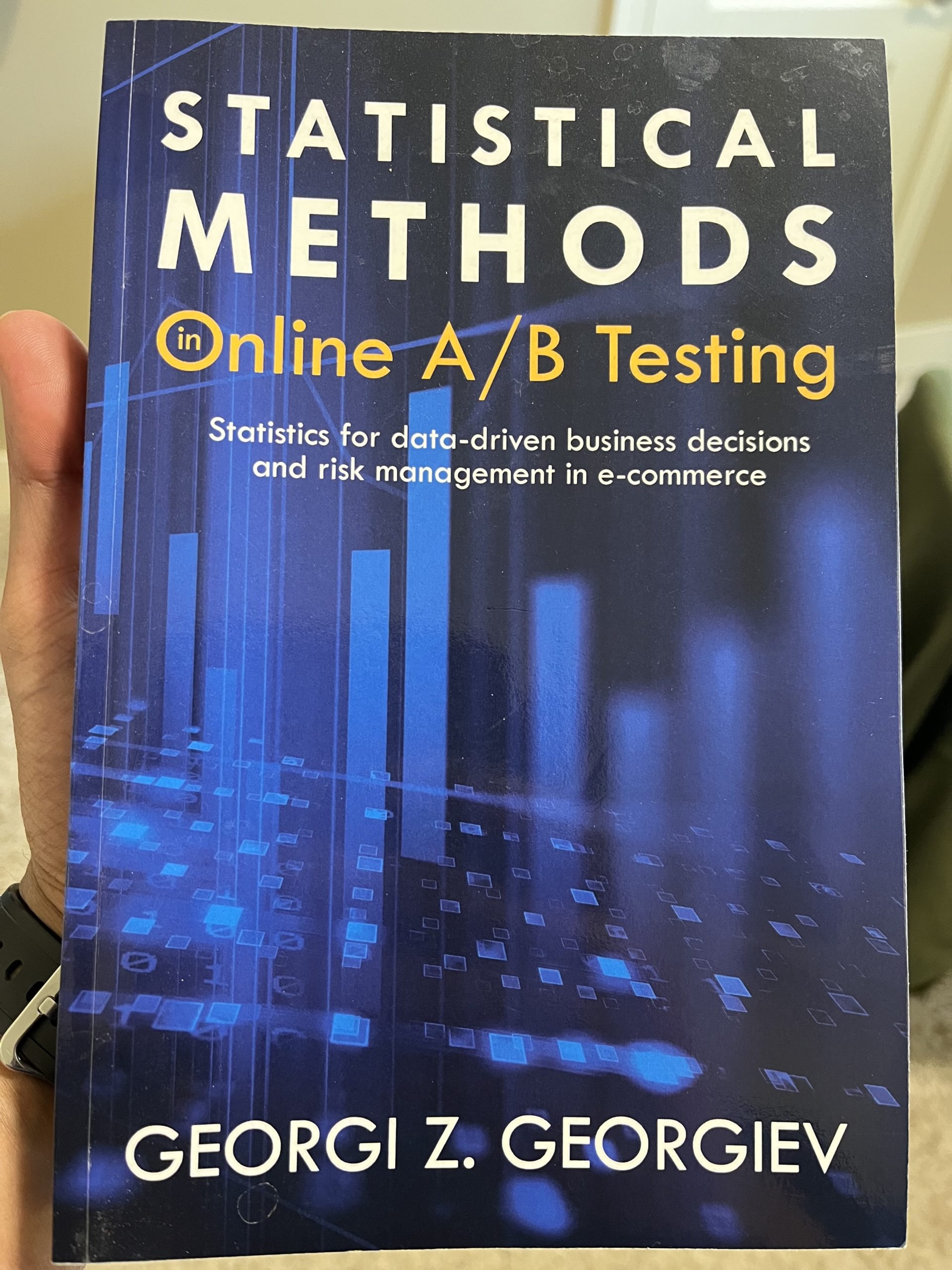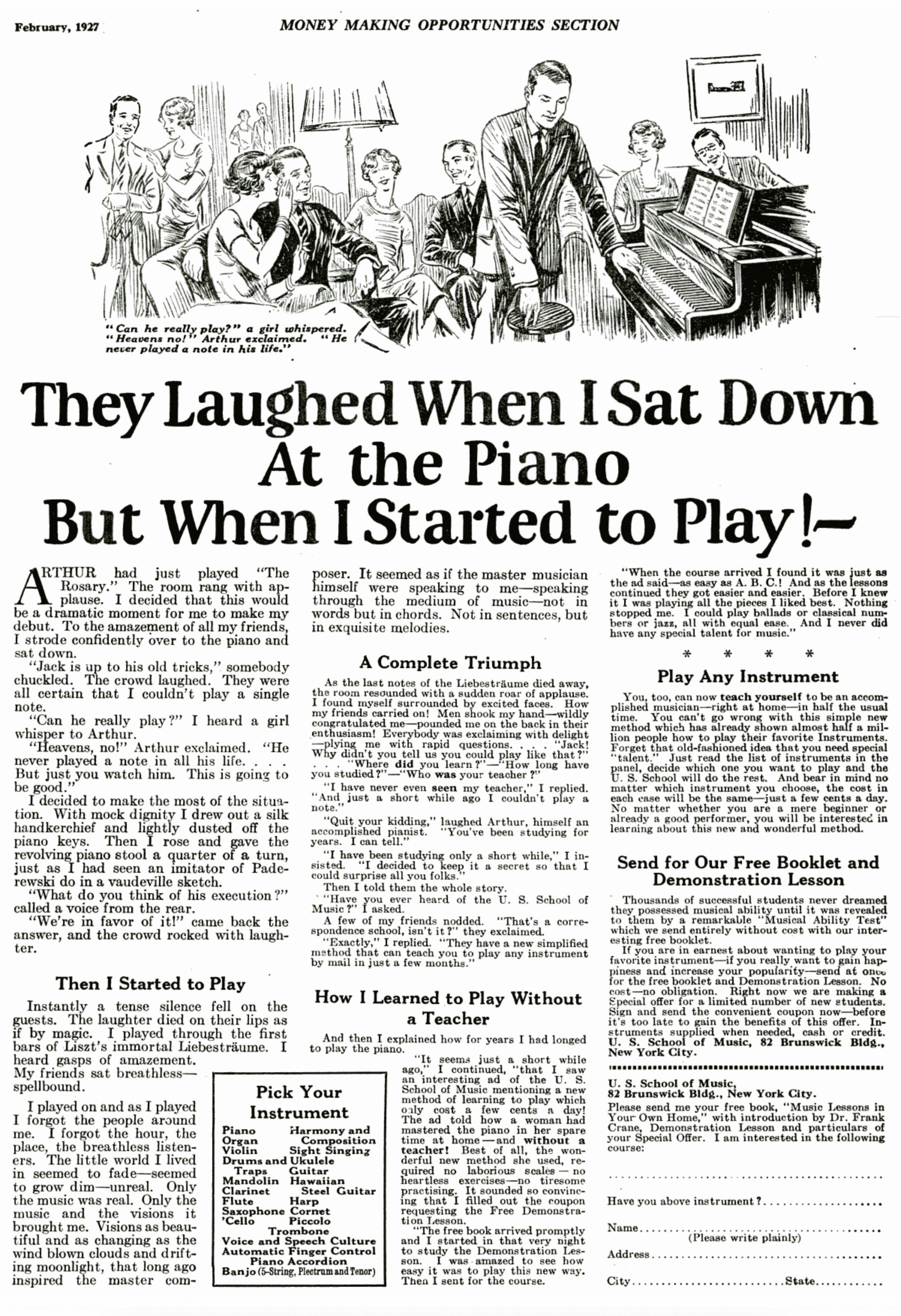Blog
CHAPTER 1: Conversion Rate Optimization Secrets
This is the first in a series of four chapters that present to the world our Conversion Rate Optimization (CRO) philosophy. CHAPTER 1 (this one) talks about the direct response origins of CRO. Even if you are a CRO pro you’ll be surprised by some of the topics discussed in CHAPTER 1.
Advanced practitioners can skim this chapter and go directly to CHAPTER 2 (Buyer Psychology), 3 (Conversion Copywriting), and 4 (Product Page Optimization).
There are over 55,000 blog posts that talk about conversion rate optimization (CRO). They’ll tell you what CRO is, why you should do it, and how you can optimize your site’s conversion rates.
This ain’t that article. This article is totally different.
Why?
I’m a marketer who has been down that path. I’ve spent 16 years in the CRO wilderness. I’ve built and rebuilt hundreds of pages, run thousands of tests, and changed tens of thousands of elements on my clients’ sites. I’ve tested every idea you can conceive of.
This post will reveal the key takeaways about conversion rate optimization from my 16-year journey. Most importantly, you will gain access to an insight none of your competitors have.
Here’s What You Can Expect From This Article:
- What Is Conversion Rate Optimization?
- The History of Conversion Rate Optimization
- The Statistics of Conversion Rate Optimization
- Simplifying Stats
- A/B Testing in Marketing– An Overview for a Marketer
- How Most Agencies Think About Conversion Rate Optimization
- How We Used to Think About Conversion Rate Optimization
- Next Steps
What Is Conversion Rate Optimization?
Let’s start by making sure we’re on the same page and get clear on what conversion rate optimization is:
Conversion rate optimization is the practice of increasing the percentage of visitors who perform a desired action on a site.
For eCommerce, CRO is generally the practice of increasing the percentage of shoppers who buy.
The modern definition of conversion rate optimization arrived in 2007. It was coined by the agency Conversion Rate Experts, an agency we admire a lot.
But, to understand where we are going, we need to know where we have been. So let’s start where most stories start: at the beginning.
The History of Conversion Rate Optimization
Since the advent of money, sellers have looked for ways to drive better results. It’s gone through stages.
300 years ago a business owner would place an ad and if they felt it didn’t work they would conclude it didn’t work. There was no scientific process. They were often wrong.
Then 100 years ago it became possible to A/B test. A/B testing is a method where some people see version A of an ad while others are shown version B.
People like John Caples pioneered this method. Let’s see an example to understand how A/B testing works in the offline world.
Mr. Caples’s most famous ad is this promo from 1926 (click to zoom image):
The genius of Mr. Caples’ approach is that, instead of making a guess about the performance of ads, he inserted a tiny offer (notice the bottom right corner of the ad– highlighted by the red box) so he could measure interest.

Now marketers could run two pitches and see which pulled in more interest. The marketer could A/B test their ads and see which ad converted better.
Why Use an Offer?
100 years ago, products were bought after being physically inspected by the buyer at a store. If the buyer was inspired to make a store purchase based on an ad they saw in a newspaper or magazine there was no way for the business to know that. This lack of attribution caused businesses to undervalue the power of advertising, which was a problem for the ad man who was convinced their ads were having the desired effect. And this led to the invention of free samples and discount coupon requests being added to ads.
Interested readers would be asked to clip and mail in the offer. What the reader didn’t know was that each clipping had a unique marker. That marker would let the advertiser know which ad variation produced the reaction.
As the clippings came in results were manually tabulated. Results were calculated on a long piece of paper. They could run the ads long enough to reach a measure of statistical significance and then see which ad performed best.
The ads asked the reader to respond directly to them. And the marketer could track the data about how well the ad converted. Direct response advertising was born.
It was this ability to test, track, and then iterate that defined the early era of conversion rate optimization. In fact, this is still its key feature.
But, in the age of the internet, where data is king, and we have more processing power in our pocket than entire empires of the past had at their disposal, the ways we test, track, and iterate are completely different.
We have a lot more to say about the history of conversion optimization. To read up, go to our History of Conversion Rate Optimization article.
The Statistics of Conversion Rate Optimization
There are lots of technical aspects to conversion rate optimization. For a deeper dive, I highly recommend Statistical Methods in Online A/B Testing by Georgi Georgiev:

“Statistical Methods in Online A/B Testing” is a comprehensive guide to statistics in online controlled experiments, a.k.a. A/B tests, that tackles the difficult matter of statistical inference in a way accessible to readers with little to no prior experience with it. Each concept is built from the ground up, explained thoroughly, and illustrated with practical examples from website testing. (source)
But you don’t need to be a statistics pro to be great at A/B testing.
Let’s address the elephant in the room. Unless you are armed with a degree (and unquenchable interest) in statistics and a supercomputer, it’s a long slog for any marketer.
Good news. This is not true. At all. You just need the right A/B testing tool. I use VWO.com for all my A/B testing.


Here’s another way to think about it: when you use a spreadsheet to calculate the ROI of a campaign, do you double-check each calculation, or do you just trust that the spreadsheet does its job? Answer: Just trust the tool.
Now there are a few details about statistics that still do matter, even to a marketer, and those are covered here: Marketer’s Guide to Understanding Statistics.
Simplifying Stats
There is a dizzying array of statistics and facts about online shopper behavior. Many of these stats– like the optimal conversion rate for a site– don’t have any real business value. Someone else’s conversion rate should have no impact on your business decision-making. Zero.
For example, if your biggest competitor has a blog article that drives 25% of traffic to one page and a special offer that produces a conversion rate of 8%, what should you do with this information?
Nothing. It’s a total waste of time.
A much better metric to pay attention to is your baseline conversion rate over time. If your baseline conversion rate (normalized for all other factors like ad spend cycles) is trending up quarter over quarter, you are on the right path.
There are several really important and fascinating stats that are worth paying attention to. We’ve been curating a list since 2007. What’s great about the list is that it only has a handful of statistics that matter, and we update them regularly. So they are relevant for 2022.
You can find our curated list in our eCommerce stats article.
A/B Testing in Marketing– An Overview for a Marketer
Thinking about A/B testing is much the same as thinking about statistics: As long as you don’t set garbage criteria, you can be pretty sure the testing tool will be able to make reliable calculations.
What do I mean by garbage criteria? Tracking a test’s success based on an element that’s only on the test page (that test wins every time because it’s not possible to trigger an element that doesn’t exist on the original page). Or forgetting to add the test javascript code on every page (the test gives faulty test results).
And with tools like VWO, if I have a concern about the test setup or test numbers, I can jump on a call with their technical team to get to the bottom of the concern.
This is one reason why I am 100% in favor of a paid tool like VWO, and you should be too. Your time is more valuable than VWO’s tech support team’s time. It’s a good investment.
And you can forget tools like Google Optimize. No live support; only help files. As you continue with your A/B testing, you’ll have lots of questions, and you’re going to be wasting your time.
Does this make sense? /
🙌
Uh oh! Let's get in touch so I can explain this better.
We'll talk soon!
I hope you feel a little more optimistic.
To learn more about A/B Testing, read this article: A/B Testing in Marketing– An Overview for a Marketer.
History has shaped how conversion rate optimization is practiced today. And I believe that the current practice is flawed.
I believe there is a better way. I believe that you CAN get meaningful, significant boosts to your conversion rates. But you can’t do it by following the standard playbook.
Let’s start by looking at how other agencies do conversion rate optimization. What is the standard playbook?
How Most Agencies Think About Conversion Rate Optimization
Remember when I said, “to understand where we are going, we need to know where we have been?” This is where it matters.
Conversion rate optimization lives in the world of big data. We can run limitless tests, collect terabytes of data, and analyze it all with the click of a button.
So most agencies dream big because they don’t want to limit their scope. They want to look at the entire customer journey to formulate their conversion optimization plan. They believe that, since they can look at everything, they should look at everything.
The problem with looking at everything is that your attention is now diffused. It’s not possible to hold the whole picture in our hands. In fact, a time-tested 1956 study showed we can only process seven items at a time.
When you focus on everything, you focus on nothing.
Instead, laser focus on a single element that gives the biggest conversion rate boost. Most CRO agencies spread their attention too thin. This isn’t their fault– they get a lot of client pressure to work on a number of initiatives at the same time.
So they divide their precious attention across multiple projects that give small bumps to conversion rates, only to have those rates settle back to their previous numbers.
I’m embarrassed to say this, but I have far too much personal experience with this.
Want to learn more about how most agencies think about CRO? We expand on these two areas in this article: How Most Agencies Think About CRO.
How We Used to Think About Conversion Rate Optimization
IT TOOK US 16 YEARS OF WANDERING IN THE WILDERNESS TO FIND THE ONE THING THAT MATTERED MOST.
When we started we too wanted to test everything. Optimize everything. Leave no stone unturned, no corner unexplored.
I originally assumed that fixing design was the solution. The layouts weren’t intuitive. Navigation was hard. So we spent years developing test concepts and changing UI (User Interface).
We didn’t limit the parts of the sites we tested. Clients care about their homepages, so we A/B tested them. A lot.
We tested checkout flows, search box placement, and dozens of other tests Google Analytics led us to work on.
Another thing that Google Analytics always reveals is that people who use the site search box …

… Are twice as likely to convert as those who don’t! We moved that search box around the page like it was a basketball.
But the Results Were Underwhelming
Our clients saw fractional increases in their conversion rates— results that often would fade after a few months.
That wasn’t enough. We believe strongly that our clients should see a real, measurable impact from the work we do for them. And what we saw just didn’t cut it.
I was ready to give up. But, as fate would have it, that was not to be.
Just as I was about to give up, I had the opportunity to meet with a client in person. That meeting changed the path of Frictionless Commerce forever.
Buyer Psychology: A Recalibration and a Return to First Principles
That conversation reminded me of the power of stories. How stories fascinate, spellbind, or compel us. A story can make us forget everything. It can transport us to a far away place.
And if we know how we react to stories, what else do we know about humans? What do we know about how they act, how they think, and how they shop?
It was time to take a deep dive into buyer psychology.
After all, if we don’t know anything about the conversation going on in a shopper’s mind, how can we hope to be part of that conversation?
Next Steps
This article is CHAPTER 1 of the four-part Frictionless Commerce CORE CONVERSION PHILOSOPHYTM. CHAPTER 2: Buyer Psychology continues the journey, where we discuss what we know about how buyers think, how buyers act, and how you can use that information to optimize your conversion rates. That super important topic is covered here: CHAPTER 2: Buyer Psychology.






Comments 2
I’m reading this the second time and the message stays clear as ever. Tbh I too thought of CRO as dragging visual elements across the site where the user finds them easiest to access, but to know that there’s more to it is pleasantly surprising.
Also great tool & book suggestions, team!!
ReplyRishi Rawat
Thanks, Bhushan. Glad the article resonated. – Rishi
Reply